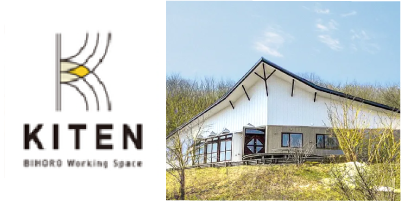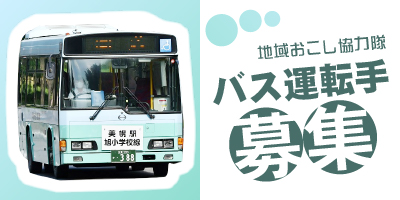本文
史跡 美幌駅逓跡
史跡 美幌駅逓跡
駅逓とは、交通が不便だった開拓初期の北海道で、宿舎と人馬を備えて、旅人の宿泊や運送の便をはかることを目的に設置された施設です。
美幌駅逓は、明治33(1900)年に、現在の美幌町役場付近に開設され、駅逓の運営・管理を青山三七が行いました。駅逓には宿舎の他に、馬小屋や広大な放牧地も付属していました。放牧地は、この場所の南東側にあり、青山という地名の由来になっています。
駅逓が開設した当初は、泊まる人が少なく、月に一度、網走から来る巡査が泊まるくらいだったといいます。開設から三年ほど経つと、十勝方面からやってくる入植者を中心に、賑わうようになりました。
町の発展に大きく貢献した美幌駅逓ですが、市街地に宿屋が増えたこともあり、大正11(1922)年に廃止となりました。
Historic Site: The Bihoro Post Station
Ekitei, or ‘post stations’, were facilities established for travelers’ convenience in the early years of Hokkaido’s reclamation and settlement, when people didn’t have good access to transportation. These stations served as lodgings, and they provided horses and riders for the transport of goods.
The Bihoro Post Station was opened at a site near the current Bihoro Town Hall in 1900. Sanshichi Aoyama engaged in the operation and management of the post station. In addition to providing lodgings, the Bihoro Post Station had stables and vast pastures. The pastures were on the southeastern side of the post station, and that place was named Aoyama, after the manager.
Shortly after the Bihoro Post Station was established, very few travelers were staying at it, except for the police who’d come from Abashiri once a month. Three years after the post station opened, it began to bustle with travelers, especially with settlers from the Tokachi region.
Although the Bihoro Post Station made huge contributions to the development of Bihoro Town, it was decommissioned in 1922 because many inns had been built in town.








